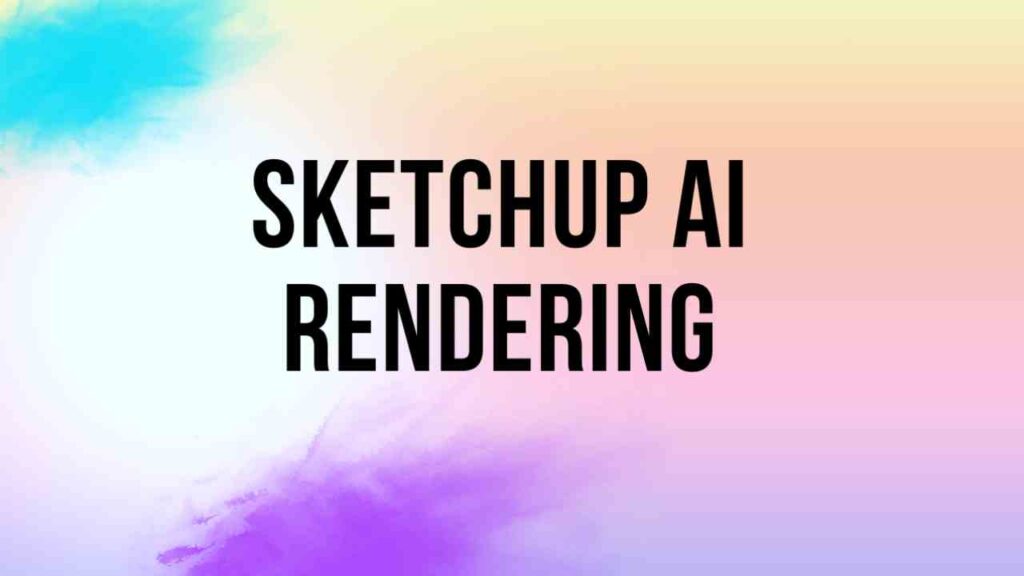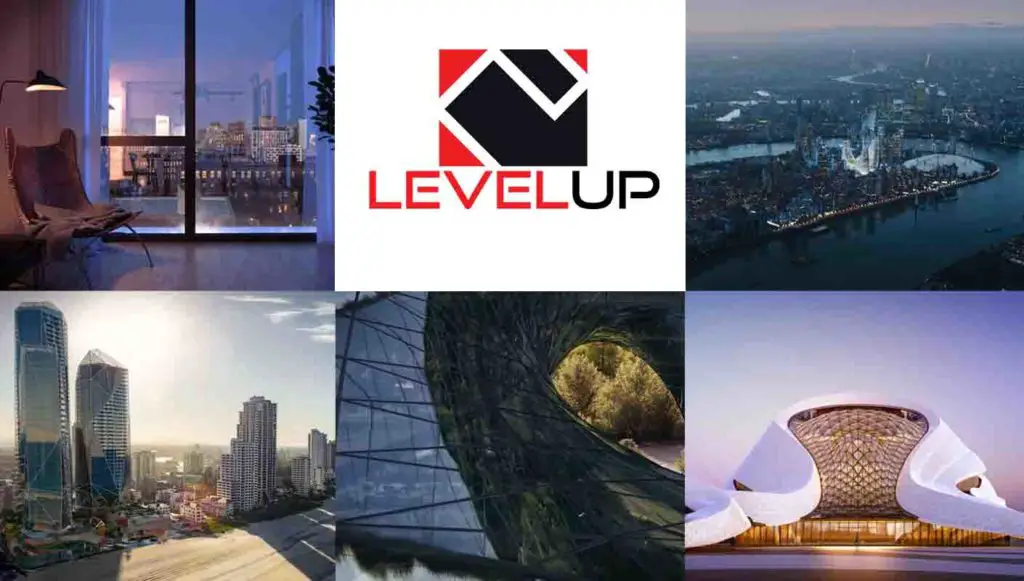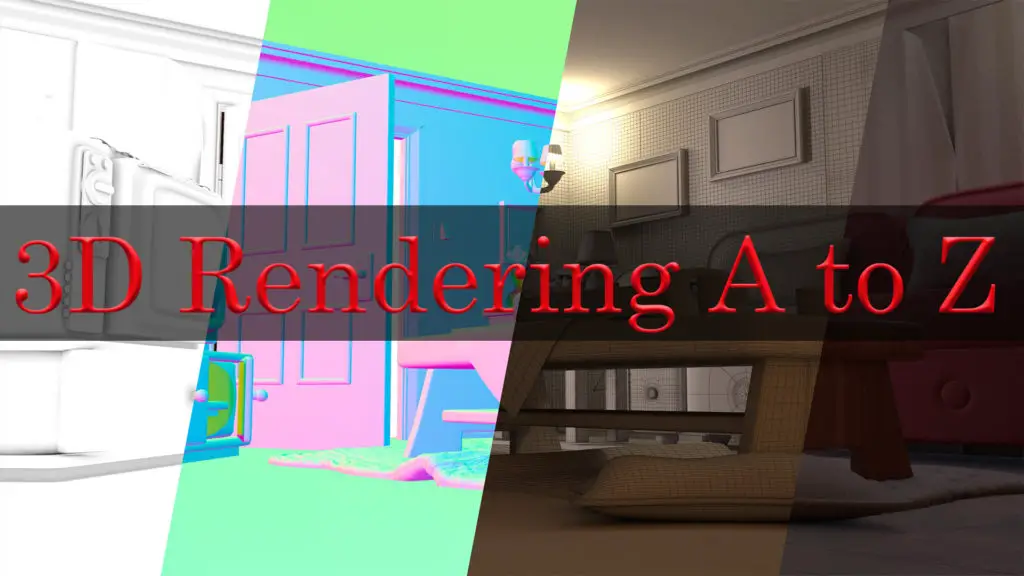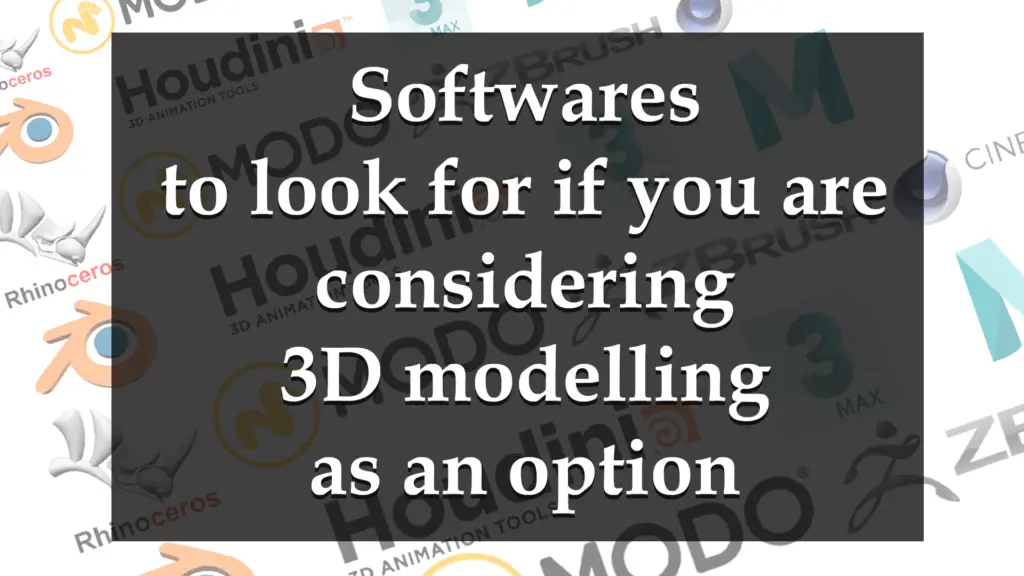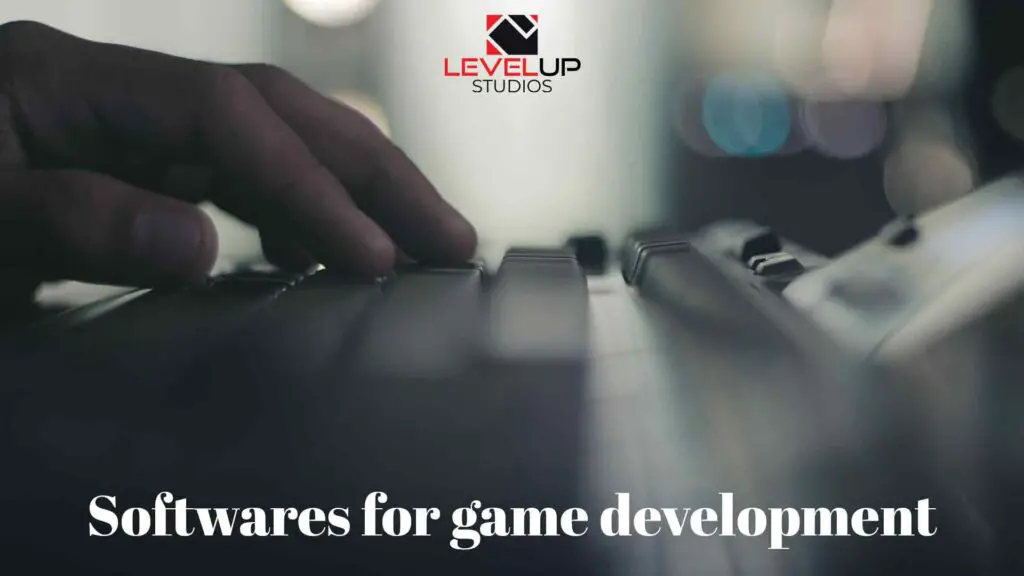THIS ARTICLE MAY CONTAIN AFFILIATE MARKETING LINKS! IN CASE YOU MAKE A PURCHASE THROUGH ONE OF THE LINKS, WE'LL GET A SMALL COMMISSION. WITH NO EXTRA CHARGES TO YOU. THANKS!!
In the realm of architectural visualization and 3D modeling, the advent of AI rendering has marked a new epoch, one where the fusion of technology and creativity reaches unprecedented heights. SketchUp, a pioneer in the field, has embraced this revolution with open arms, introducing AI rendering capabilities that transform the way designers and architects breathe life into their models. This article delves into the heart of SketchUp AI rendering, a feature that stands at the confluence of innovation and artistry, offering a glimpse into a future where the lines between the digital and the real are seamlessly blurred.
As we embark on this journey, we will uncover how SketchUp’s AI rendering not only accelerates the design process but also elevates it, enabling the creation of photorealistic images that were once the domain of only the most skilled artists. From the subtle interplay of light and shadow to the intricate textures that give surfaces their character, SketchUp’s AI rendering tools empower users to manifest their visions with a level of detail and realism that was previously unimaginable.
SketchUp AI Rendering
SketchUp AI Rendering is a transformative feature within the SketchUp ecosystem, designed to revolutionize the way designers and architects visualize their 3D models. At its essence, SketchUp AI Rendering, particularly through the SketchUp Diffusion LABS, leverages the power of generative AI to create rendered images in mere seconds, a process that traditionally could take hours or even days. This innovative tool allows users to rapidly generate conceptual renderings from even the most basic 3D models, providing a quick and clear communication medium for ideas and design possibilities.
The core functionality of SketchUp AI Rendering lies in its ability to interpret text prompts provided by the user to produce photorealistic or stylized images that align with the described vision. This means that designers can move swiftly from concept sketches to rendered design options, exploring a multitude of aesthetic styles and scenarios without the need for extensive manual rendering. The settings sliders within the tool give users granular control over the output, enabling them to fine-tune the influence of their prompts and the adherence to model geometry in the generated images.
Moreover, SketchUp AI Rendering is not just about speed; it’s about expanding the creative capacity of its users. It serves as a digital muse, offering inspiration and overcoming creative blocks by putting new concepts in front of the designer. For instance, with a basic massing model and a descriptive text prompt, users can experiment with the settings to transform their model in the generated images, potentially inspiring entirely new design directions.
In summary, SketchUp AI Rendering represents a significant leap forward in architectural visualization, providing a novel way for professionals to enhance their creative process and support their design narrative with ease and efficiency. It’s a testament to the ongoing evolution of SketchUp, reflecting a commitment to driving innovation and making AI accessible in the realm of design.
Impact of AI on Architectural Visualization and 3D Modeling
The impact of AI on architectural visualization and 3D modeling is a testament to the transformative power of technology in the creative industries. AI has redefined the boundaries of what is possible, offering architects and designers tools that not only streamline the design process but also enhance creativity and innovation. With AI, the generation of photorealistic renderings from 3D models has become faster and more efficient, allowing for a more iterative design process where multiple variations can be explored with ease.
Generative design tools powered by AI, such as Midjourney, have spotlighted the potential for AI to revolutionize the creation and development of spaces, enabling architects to rapidly prototype and visualize a multitude of design options. AI’s role in architectural workflows is increasingly prominent, with its rise being driven by experimentation and self-learning. This has led to a significant increase in the use of AI tools in the early project phases, where they are most effective in aiding design exploration and decision-making.
Moreover, AI has expanded the capabilities of virtual reality (VR) and immersive experiences, adding layers of realism and interactivity that allow clients to virtually walk through their future spaces. This level of immersion enhances client engagement and understanding, leading to more informed decision-making and better-designed spaces. AI also plays a crucial role in data-driven decision-making, analyzing vast amounts of information related to design trends, material performance, and environmental factors, thus aiding architects in making more informed choices.
However, the integration of AI into architectural practices is not without its challenges. Concerns around the lack of AI regulation and ethical guidelines within architecture have been raised, highlighting the need for a balanced approach to the adoption of this technology. Despite these concerns, the potential value AI brings to the industry is widely acknowledged, with many professionals eager to explore the opportunities it presents.
In essence, AI is not just changing the tools architects use; it’s transforming the very nature of architectural design and visualization. It enables a more collaborative, creative, and efficient approach to creating the spaces of the future, ultimately enhancing the human experience within the built environment.
History of Sketchup
SketchUp’s journey began in 1999 with the founding of @Last Software by Brad Schell and Joe Esch in Boulder, Colorado. The duo set out to create a 3D content creation tool that was both powerful and user-friendly, leading to the release of SketchUp in August 2000. The software quickly gained recognition for its ease of use and was designed with design professionals in mind, winning a Community Choice Award at its first tradeshow in 2000 and a “Best of Show” at Macworld in 2002.
Google saw potential in SketchUp, especially for its integration with Google Earth, and acquired @Last Software in March 2006. This acquisition led to the launch of Google SketchUp 6, which included a free version and tools for uploading content to Google Earth and the Google 3D Warehouse. Google continued to develop SketchUp, introducing features like LayOut in SketchUp Pro 6 for creating 2D presentations and dynamic components in SketchUp 7 that responded to scaling.
In 2012, Google passed the torch to Trimble Navigation (now Trimble Inc.), which then acquired SketchUp from them and worked on expanding its capabilities, along with launching a new website dedicated to hosting plugins and extensions. Trimble’s stewardship has seen SketchUp evolve into a subscription-based model with various offerings, including SketchUp Free, Shop, Pro, and Studio, each catering to different user needs.
Throughout its history, SketchUp has maintained its commitment to providing accessible and powerful 3D modeling tools, becoming a staple in architecture, interior design, and an array of other fields where 3D visualization is key. Its story is one of continuous innovation and adaptation, reflecting the changing landscape of digital design and the enduring need for tools that bridge the gap between idea and reality.
Impact of AI on SketchUp
The integration of AI into SketchUp has been a game-changer, propelling the software into a new frontier of design and visualization. With the introduction of features like SketchUp Diffusion, users can now harness the transformational power of generative AI to create rendered images in seconds, a task that once required considerable time and resources. This leap forward has made it possible for designers to rapidly generate conceptual renderings from even the most basic 3D models, significantly enhancing the speed and efficiency of the design process.
AI’s role in SketchUp extends beyond mere speed; it augments the creative capacity of users. By interpreting text prompts, AI can produce a range of visual outputs that align with the designer’s intent, offering new perspectives and overcoming creative blocks. This capability is particularly valuable when exploring design possibilities, as it allows for a more iterative and dynamic creative process. The ability to quickly move from concept sketches to rendered design options means that architects and designers can spend more time refining their ideas and less on the technicalities of rendering.
Moreover, AI in SketchUp democratizes high-quality visualization, making it accessible to a broader range of professionals regardless of their rendering expertise. This inclusivity fosters a more collaborative environment where ideas can be shared and developed with greater ease. However, it’s important to note that while AI rendering shows promise, it is still in the early stages of development, and there are limitations to its current capabilities. The lack of control and precision in some instances means that the results may not always meet the specific requirements of a project.
In conclusion, the impact of AI on SketchUp represents a significant stride towards a more creative, capable, and efficient future in design visualization. As AI technology continues to evolve, we can expect further enhancements that will refine the rendering process and offer even greater control and accuracy, ultimately redefining the potential of 3D modeling and architectural visualization.
Conclusion
As we draw the final strokes on the canvas of our discussion on SketchUp AI rendering, it becomes clear that this technology is not just a new feature within a software suite; it is a paradigm shift in the field of architectural visualization. The advent of AI rendering in SketchUp has opened up a world where intricate designs can be brought to life with unprecedented speed and realism, allowing architects and designers to iterate and refine their visions with a freedom that was once unimaginable. This powerful tool has the potential to democratize high-quality visualization, making it accessible to professionals and enthusiasts alike, regardless of their technical expertise in rendering techniques.
While AI rendering presents a future brimming with possibilities, it also poses challenges and limitations that remind us of the value of human oversight and creativity. The balance between automated efficiency and artistic control remains a crucial consideration as we navigate the evolving landscape of digital design. Nonetheless, the benefits of AI rendering—enhanced visualization, time-saving capabilities, and the ability to generate stunning renderings with ease—make it an invaluable asset for the design community.
In conclusion, SketchUp AI rendering is more than a technological advancement; it is a catalyst for innovation, pushing the boundaries of what can be achieved in architectural visualization. As we continue to explore and harness its capabilities, we can look forward to a future where our built environments are not only designed with precision but also with the depth of imagination that AI rendering can inspire.
